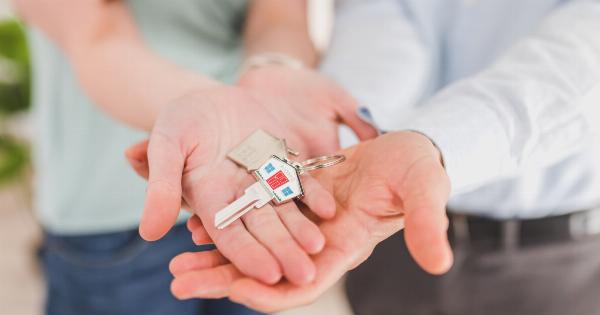Have you ever met someone who just seems to draw people to them like a magnet? These are the people that everyone wants to be around, who always seem to have a crowd of friends and acquaintances around them.
They are often referred to as “adhesive” people due to their ability to stick to others and create strong bonds.
Who are adhesive people?
Adhesive people are those who possess the unique ability to bring others together. They are great at engaging with people and drawing them out, often making others feel heard, seen, and appreciated.
Adhesive people are able to create strong bonds with others and are often seen as loyal friends and confidantes.
What characteristics do adhesive people have?
There are a few characteristics that adhesive people tend to share. These include:.
1. Empathy
Adhesive people are often very empathetic. They can see things from other people’s perspectives and are able to put themselves in someone else’s shoes. This makes them great listeners and allows them to connect with people on a deeper level.
2. Positivity
People who are adhesive tend to have a positive outlook on life. They are optimistic and tend to focus on the good in life rather than the negative.
This positivity is infectious and draws others in, making them want to be around the adhesive person more.
3. Authenticity
Adhesive people tend to be very genuine. They are authentic and true to themselves, and this sincerity is something that others appreciate. People are drawn to those who are authentic because they feel like they can trust them.
4. Inclusivity
Adhesive people are often very inclusive. They don’t exclude others or make others feel left out. Instead, they work to bring people together and make everyone feel like they belong.
5. Confidence
Adhesive people tend to be confident in themselves and their abilities. They are comfortable in their own skin and this makes them more attractive to others.
Confidence also allows adhesive people to connect with people without fear of rejection or judgment.
Why are adhesive people important?
Adhesive people are important because they help bring people together. They create strong bonds, build communities, and help individuals feel like they belong.
Adhesive people often play a key role in creating a positive environment, fostering team spirit, and helping people feel valued and supported.
Can you become more adhesive?
Yes, anyone can become more adhesive! By working on developing the characteristics listed above, you can become someone who draws others to you and creates strong connections. Here are a few tips to get started:.
1. Focus on empathy
Work on developing your empathy skills by practicing active listening and putting yourself in other people’s shoes. This will help you understand others better and make them feel more heard and seen.
2. Practice positivity
Try to focus on the good in life instead of dwelling on the negative. Develop a positive attitude and practice gratitude. This will help you radiate positivity and make others feel good when they’re around you.
3. Be genuine
Be authentic and true to yourself. Don’t try to be someone you’re not, as this will come across as inauthentic. Instead, be yourself and let others see the real you.
4. Include others
Try to be inclusive and make others feel like they belong. Don’t exclude others or make them feel left out. Instead, work to bring people together and create a positive environment where everyone feels supported.
5. Work on your confidence
Confidence is key when it comes to being adhesive. Work on developing your self-confidence by practicing positive self-talk and focusing on your strengths. This will help you feel more comfortable in your own skin and make others more attracted to you.
Conclusion
Adhesive people are those who possess a unique ability to bring others together and create strong connections. They share several characteristics including empathy, positivity, authenticity, inclusivity, and confidence.
Anyone can become more adhesive by working on developing these characteristics and practicing the tips outlined above.






























